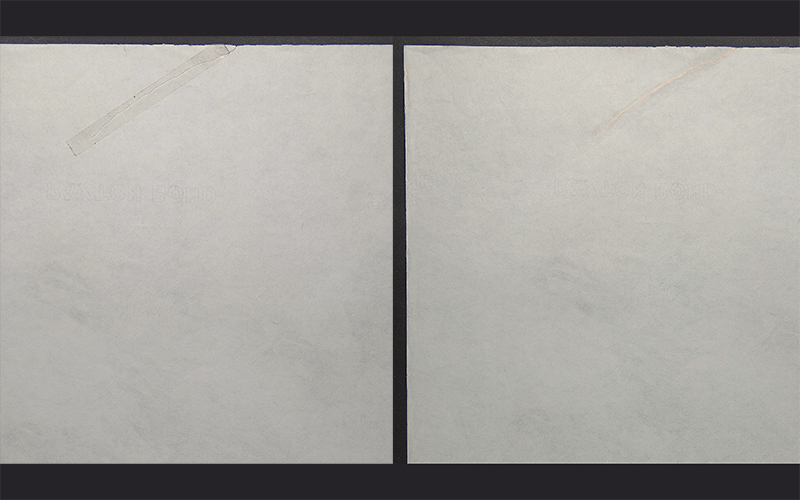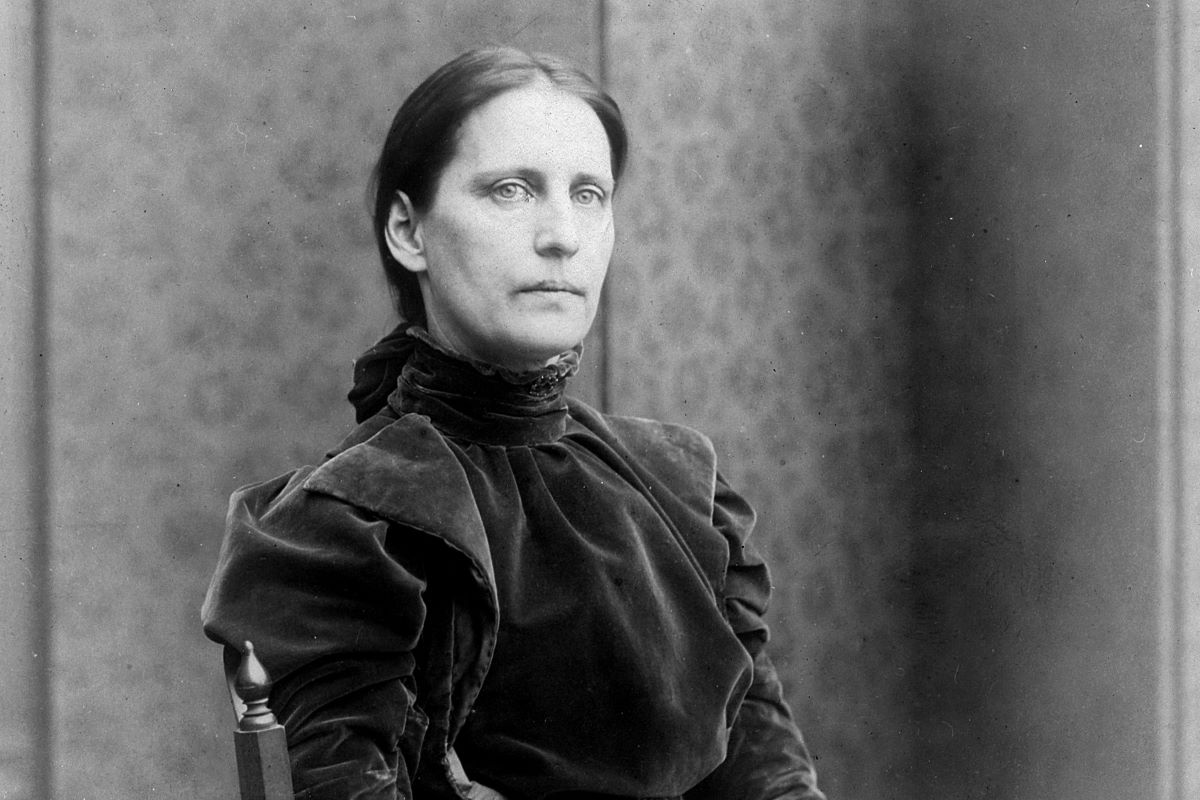- Events & Programs Home
- Calendar
- Accessibility
- Adults
-
Families & Teens
- Families & Teens Home
- 10x10 Teen Art Expo
- Art on the Rise
- Art Together: Art Making for Families with Children Ages 3–5
- Babies Sing with May Festival Minis
- Boy Scouts / Girl Scouts
- CAM Kids Day
- Family Storytime and Gallery Walk
- Family Studio: Art Making for Families with Children Ages 6–12
- Games in the Galleries
- Members-Only Baby Tours
- Public Baby Tours
- REC Reads
- Rosenthal Education Center (REC)
- Saturday Morning Art Class
- See Play Learn Kits
- Summer Camp
- Teachers
- Community Outreach
- Fundraisers
- Plan Your Own Event

- Events & Programs Home
- Calendar
- Accessibility
- Adults
-
Families & Teens
- Families & Teens Home
- 10x10 Teen Art Expo
- Art on the Rise
- Art Together: Art Making for Families with Children Ages 3–5
- Babies Sing with May Festival Minis
- Boy Scouts / Girl Scouts
- CAM Kids Day
- Family Storytime and Gallery Walk
- Family Studio: Art Making for Families with Children Ages 6–12
- Games in the Galleries
- Members-Only Baby Tours
- Public Baby Tours
- REC Reads
- Rosenthal Education Center (REC)
- Saturday Morning Art Class
- See Play Learn Kits
- Summer Camp
- Teachers
- Community Outreach
- Fundraisers
- Plan Your Own Event
Blog: CAM Uncovered
Blog: CAM Uncovered
- Home
- Plan Your Visit
- Art
-
Events & Programs
- Events & Programs Home
- Calendar
- Accessibility
- Adults
-
Families & Teens
- Families & Teens Home
- 10x10 Teen Art Expo
- Art on the Rise
- Art Together: Art Making for Families with Children Ages 3–5
- Babies Sing with May Festival Minis
- Boy Scouts / Girl Scouts
- CAM Kids Day
- Family Storytime and Gallery Walk
- Family Studio: Art Making for Families with Children Ages 6–12
- Games in the Galleries
- Members-Only Baby Tours
- Public Baby Tours
- REC Reads
- Rosenthal Education Center (REC)
- Saturday Morning Art Class
- See Play Learn Kits
- Summer Camp
- Teachers
- Community Outreach
- Fundraisers
- Plan Your Own Event
- Give & Join
- About
- Tickets
- Calendar
- Exhibitions
- Collections
- Blog
- Shop
Behind the Scenes in Conservation: John Ruthven’s Flying Quail
by Cecile Mear, Conservator of Works on Paper
3/9/2023
CAMConservation , John Ruthven , paper conservation
Paper conservation often involves undoing repairs by others who don’t have the knowledge or materials needed to best preserve the art. I recently examined a drawing by Cincinnati artist John Ruthven (1924–2020), titled Flying Quail, with a long tear that had been mended with pressure sensitive tape, often referred to as “Scotch tape.”
The drawing was originally attached to a pad of paper and has glue residues along the top edge where the sheets in the pad were joined. The long tear could have occurred when the artist pulled the drawing from the pad. Ruthven probably mended the tear himself. The tape, quickly and easily applied to the five-inch-long tear, made it possible to handle the drawing without risk of tearing the paper further.
The drawing was made around 1988, and the tape could be as old as the drawing. The tape had not begun to degrade, and the adhesive was still tacky, but a shadow of the tape in a large area of blank paper was visible from the front. If the tape was left on the paper, the adhesive would eventually saturate the paper and create a stain that would require major intervention to remove.
I decided to remove the tape and adhesive before it caused more problems. First, I lifted the plastic tape carrier with a scalpel. After softening the adhesive, I was able to remove it from the paper and then repair the tear with thin Japanese kozo paper and starch paste. The new mend will last indefinitely without the risk of future damage to the drawing. By doing this minimal intervention now, future major intervention is avoided.

John A. Ruthven (American, 1924-2020), Flying Quail, circa 1988, graphite pencil on paper, Gift of John A. Ruthven in memory of Judy Ruthven, 2018.104

John A. Ruthven (American, 1924-2020), Flying Quail (detail), circa 1988, graphite pencil on paper, Gift of John A. Ruthven in memory of Judy Ruthven, 2018.104
Related Blog Posts


Cincinnati, OH 45202
Toll Free: 1 (877) 472-4226
Museum Hours
Museum Shop
Terrace Café
Library
Cincinnati Art Museum is supported by the tens of thousands of people who give generously to the annual ArtsWave Campaign, the region's primary source for arts funding.

Free general admission to the Cincinnati Art Museum is made possible by a gift from the Rosenthal Family Foundation. Exhibition pricing may vary. Parking at the Cincinnati Art Museum is free.
Generous support for our extended Thursday hours is provided by Art Bridges Foundation’s Access for All program.

General operating support provided by:




